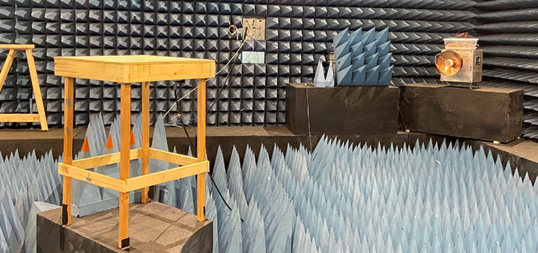


Products > Electricity and Magnetism > High-Power Microwaves
PSI develops high-power microwave directed energy weapon systems, antennas, sensors, and source technologies
PSI is actively pursuing high-power microwave (HPM) directed energy systems for both counter-unmanned aerial systems (C-UAS) and vehicle/vessel engine stopping missions.
Reports from the war in Ukraine describe the use of low-cost, commercially-available drones causing excessive damage on the battlefield, either through payload delivery or reconnaissance. High-power microwave systems provide a robust solution against both enemy UAS and vehicle/vessel engines, with lower cost per shot, deeper magazines, and minimal collateral damage compared to incumbent kinetic weapons.
Physical Science’s PHPMD is an extremely portable and low-cost, high-power microwave generator for counter-electronic missions.
Capability Description: PSI is currently developing low-SWAP-C, high-power microwave generators for counter electronic missions. The generators cause incremental microwave effects against commercial electronics, including: microcontrollers, Group 1 UAS, radios, and boat engines. These effects range from low-power jamming at long range, to permanent destruction. PSI’s most mature offering is an HPM payload for Group 1 or 2 C-UAS interceptors.
Key Features:
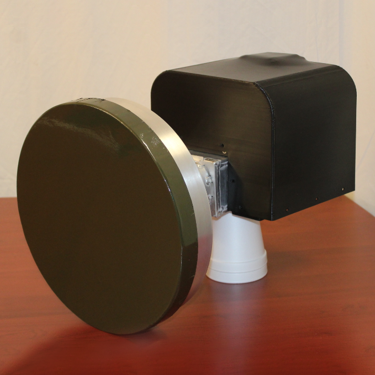
Individual PHPMD Module
Benefit to Warfighter/Customer:
Best In Class Power Density: The PHPMD is the smallest HPM generator on the market, with total system weights as low as ~1 kg.
Low-Cost Modular Components: The PHPMD comprises low-cost COTS electronics enabling high-volume manufacturing, robust operation, and simple repair/maintenance
Deep Magazine and Low-Cost Per Shot: The PHPMD uses rechargeable COTS Li-Ion battery packs and can fire continuously for up to 10 minutes on one charge.
PSI is developing a high-power, broadband antenna system for long-range counter electronic missions.
Capability Description: Broadband systems have a higher probability of defeat than narrowband systems, but must avoid radiating power in friendly frequency bands. PSI’s Source Agnostic Frequency Excluding (SAFE) antenna system utilizes adjustable, mechanical features on the aperture to frequency notch the antenna gain profile. The use of physical resonant structures to adjust the frequency notch locations enables soldiers in the field to adapt the antenna system to the particular battlefield and driving source. The SAFE antenna system is a phased array and thus can be scaled for numerous classes of targets of both the military and state/federal agencies.
Key Features:
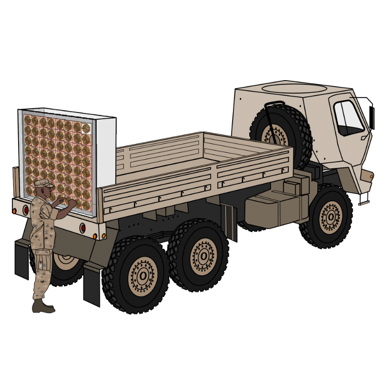
Benefit to Warfighter/Customer:
PSI develops novel RF source technologies including non-linear transmission lines and magnetron sources
Capability Description: PSI and our partners specialize in the rapid design and build of novel RF source prototypes. PSI has performed on several SBIR programs to develop new RF sources for electromagnetic warfare and directed energy missions. On a recent Phase I SBIR, PSI designed, simulated and tested a novel non-linear transmission line source prototype in less than 6 months. PSI has working relationships with multiple microwave source simulation experts, including the University of New Mexico (UNM) represented by Edl Schamiloglu.
Key Features:
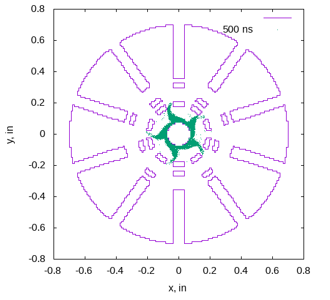
Particle-in-cell Simulations Performed by University of New Mexico
Benefit to Warfighter/Customer:
Example – Tunable High-Power, Broadband RF Sources: PSI is developing a high-power microwave, non-linear transmission line (NLTL) source. PSI’s source simultaneously achieves the high-power capability of vacuum tubes as well as the waveform versatility of GaN solid-state amplifiers. NLTL sources have wide center frequency tuning and adjustable phase delay, enabling coherent power combining. PSI developed this source on a Phase I SBIR from the Joint Intermediate Force Capabilities Office (JIFCO)
PSI is developing a low-cost sensor for detecting high-power microwave attacks against military personnel
Capability Description: In June 2021, the newsmagazine 60 Minutes aired a story on the Havana Syndrome, identifying high-power microwave attacks as a potential cause of brain trauma in US diplomats. In order to respond to the need to investigate this phenomena and protect soldiers on the battlefield, PSI is developing a wearable sensor for detecting high-power microwave attacks against friendly personnel and electronic systems. This technology is being developed on a Phase II SBIR program sponsored by the Defense Health Agency (DHA).
Key Features: The prototype microwave detector is an innovative device that detects and analyzes the received RF power from potential microwave threats. It includes power regulation, a microcontroller, and a display. The unit is designed to be small enough to fit in a pocket, and rugged enough to withstand harsh conditions. It is waterproof, shockproof, and features a persistent display that can last for years even after the microwave source is removed. The device can display an instantaneous microwave burst or it can integrate the received energy over time to provide enhanced diagnostic capability.
The detector has been shown operational and further miniaturization of the compact, isotropic antenna element on the front-end of the detector is still under development.
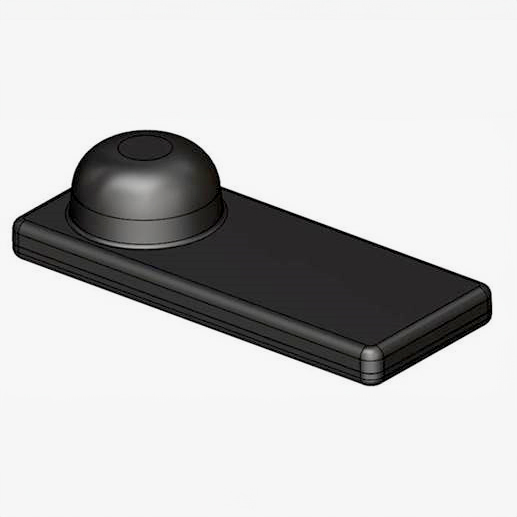
Phase I prototype high-power microwave exposure sensor. The prototype design includes a custom broadband antenna (not pictured), battery-less microwave detection circuit, microcontroller and indicator circuit
Benefit to Warfighter/Customer:
The HPM sensor is a valuable tool for medical personnel, enabling them to quickly and easily determine if a soldier or other patient has been exposed to a high-power microwave attack. Moreover, it can help to differentiate between the effects of an HPM attack and other conditions such as heat stroke or traumatic concussion. This can be especially critical in a military setting where rapid and accurate diagnosis can make a significant difference in treatment outcomes. With the HPM sensor, medical personnel can quickly assess a patient’s condition and take appropriate action to provide the necessary care.
Our Products